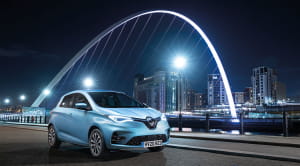
Thinking about investing in an EV? Here, we give you the full lowdown on this greener form of transport, from repair costs to range, insurance to their impact on the environment
Electric cars have been around for a long time – however, it’s only in recent years, as they’ve become more affordable and practical enough for everyday use, that their popularity has really risen.
According to Next Green Car, there are currently more than 136,000 pure electric cars on the UK's roads, as well as more than 330,000 plug-in models. But what exactly are the benefits of running an electric vehicle, and how does it differ from owning a petrol or diesel car? To help you make up your mind about whether you should buy an electric vehicle or not, we've answered some of the more impertinent questions about these eco-friendly modes of transport.
How much better for the environment is it to drive an electric vehicle?
Recent research by the European Environment Agency found that, even allowing for the generation of electricity, the average electric vehicle produces 17–30% less emissions than a petrol or diesel car.
What is the UK government's policy regarding the use of electric vehicles?
In response to the climate crisis, the UK government has said that it intends to ban the sale of all petrol and diesel vehicles by 2040. To encourage people to 'go green', it has introduced something called the Plug-in Car Grant (PICG) that enables people who buy a brand-new 'low emission vehicle' to get money off the purchase price (conditions apply). Note that you do not have to do anything to claim this money – the dealer will include the value of the grant in the vehicle's price. Despite the name, this grant no longer applies to plug-in hybrid vehicles.
You can also claim up to £350 on the installation of a dedicated home charging point for your eligible new or second-hand vehicle, through something called the Electric Vehicle Homecharge Scheme (EVHS).
• Why fuel-cell vehicles could play a big part in our motoring future
• An electric odyssey: from Milton Keynes to Dundee in a battery-powered car
• Real-world electric car road tests: could an EV be your next family car?
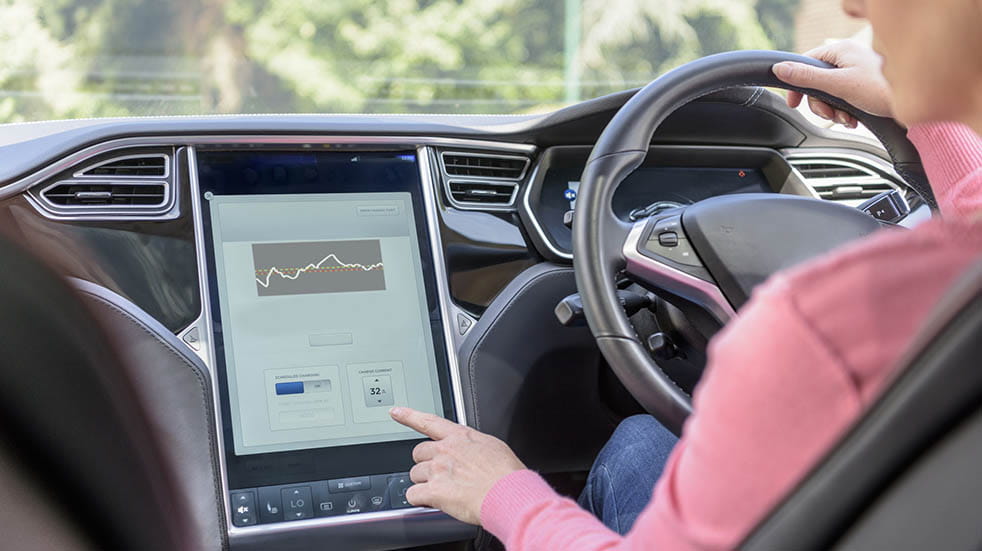
What are the different types of electric vehicle?
You will often see the abbreviations EV (electric vehicle) and BEV (battery electric vehicle) when reading about this type of transport. These terms both mean the same thing – that the vehicle runs purely on its rechargeable battery and electric motor.
Hybrid cars combine a conventional petrol or diesel engine with an electric motor. The engine charges the electric motor, while you only use fuel when the car needs extra power – i.e. to accelerate. There are also plug-in hybrids (PHEVs), which, as the name suggests, can be plugged into a public charge point or home supply, and allow you to travel further purely on the electric motor.
How do I charge an electric vehicle?
The easiest way to charge your car is when it’s on your driveway or in your garage, using a basic 3-pin socket – or, even better, a dedicated home EV charger, which fills up the battery a lot faster. A full tank for a 40kWh battery should cost around £6.60 and give you an average range of around 150 miles, while charging a 60kWh battery will cost about £8.40 and give you around 200 miles.
The government’s Road to Zero strategy means that the infrastructure for charging electric cars when out and about is improving constantly, and there are currently over 30,000 connectors spread across more than 12,000 locations, from petrol stations to car parks. Many of these are free – some supermarkets even offer specialised parking bays where you can charge your battery while you do your shopping. However, if you want to use a rapid charger (which will give you around 100 miles of range from a 30-minute charge), expect to pay around £6.50. Zap-Map features an extensive database of electric charging points across the UK.
• Is keeping my old car greener than buying a new EV?
• What does the future hold for diesel-engined road vehicles?
• The WLTP and why it should influence your next car purchase
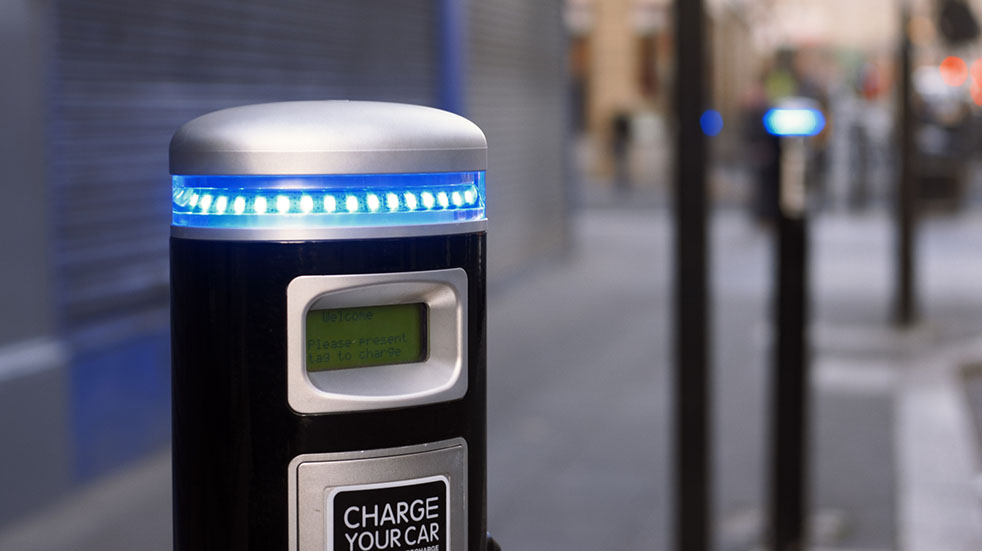
Is there anything I need to know about buying electric vehicle insurance?
Though car insurance ultimately depends on the driver, two things to consider with electric cars are that many of their parts are quite expensive, and that fewer garages are able to repair them, both of which could affect your premium. Some insurers, such as LV=, offer specialised electric car insurance policies that include free recovery if you run out of charge, plus cover for charging cables, home charging points and adaptors. If you are only going to be using your EV for short trips, you could save money by taking out a limited-mileage policy.
Do electric vehicles need to be taxed?
All road vehicles in the UK need to be taxed, though how much this costs (if anything) depends on the vehicle. New electric vehicles with zero emissions under £40,000 cost nothing, while used hybrids and PHEVs registered before 2017 are also eligible for free road tax as long as they emit less than 100g/km CO2. Buying a new hybrid or PHEV for less than £40,000 will save you £10 a year on road tax over the petrol and diesel models. Owners of all new hybrids and electric cars costing over £40,000 will have to pay a higher rate of road tax.
If you’re getting a company car, new 2020 legislation makes it extremely inviting for a fully electric model, with 0% benefit-in-kind, rising 1% each year.
• Electric v petrol and diesel: what's best for you?
• Is it time to switch? Our guide to the best electric cars
• Recycling electric cars and batteries: how car parts will be reused in the future
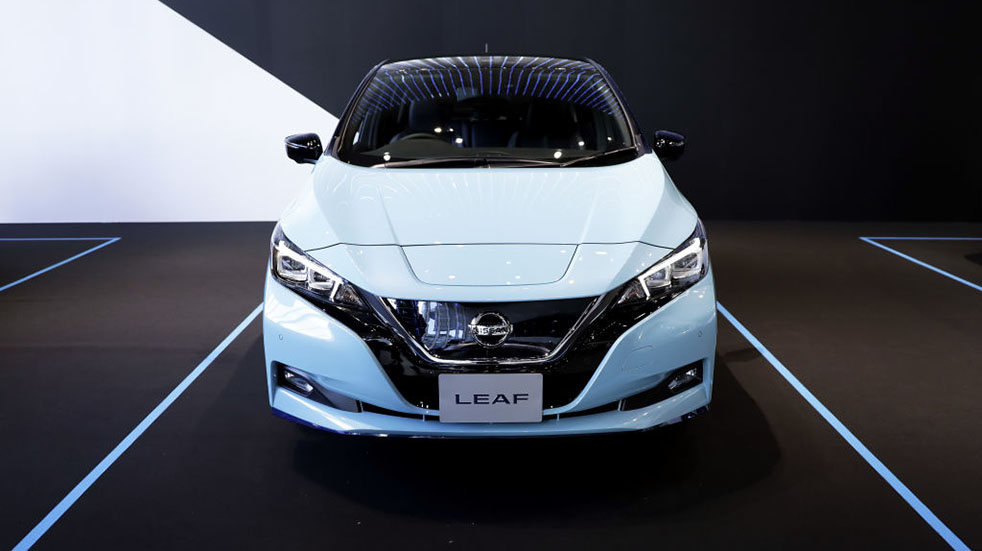
Which electric vehicles have the best range?
The range of a pure EV can vary from 100 to 300 miles, with the latest and more expensive models boasting excellent stamina for long journeys. These include the Tesla Model S Long Range and Model 3 Long Range (379 and 348 miles respectively), as well as the Jaguar i-Pace (292 miles). On the more affordable end of the scale, there's the Nissan Leaf e+ (239 miles) and the Kia e-Niro (282 miles).
What should I look out for when buying an electric vehicle second-hand?
The second-hand EV market is gradually growing, with more electric cars keeping more of their value. This might be one factor that starts you on your EV journey, and is more welcoming than the high initial costs of a new model.
If you’re buying a used EV, start with the basics: check to see if the battery is leased or included in the price, and whether it has a warranty; check the kWh of the car, as this will help determine its range; check the car’s age, as this will determine how much charging capacity and therefore how much range has been lost; and check that it has a full service history and software updates. The weight of EVs means the suspension could be affected more than petrol or diesel cars, so this is something to be aware of.
• Electric motorbikes and scooters: new models ridden and reviewed
• Fuel stations of the future: how to charge electric cars
• Electric car road trips: the best drives in the UK and Europe
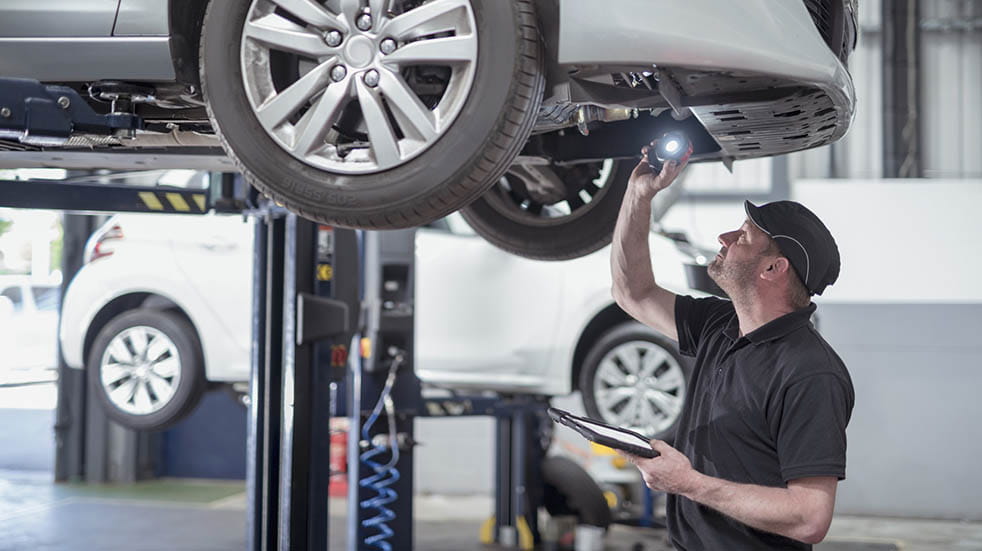
Is it more expensive to service/repair an electric vehicle?
Absolutely not. Even though the parts themselves can be expensive, electric motors have fewer breakable parts than their petrol and diesel equivalents – even the brake pads and discs last longer due to the way electric vehicles brake. However, you'll still have to take your electric car for an MOT every year.
How much does it cost to run an electric vehicle?
With cheaper charging costs, tax and maintenance, the only thing that could potentially cost you more with an electric vehicle is the insurance. However, one of the factors that contribute to the high cost of buying an electric model is the battery. Unlike petrol and diesel cars where, naturally, the engine comes as part of the car, you can choose to lease an electric car’s battery. This not only greatly reduces the price you'll pay for the car initially, it also means that the manufacturer will replace your battery if it dramatically drops in capacity over time. You’d just have to calculate if the added monthly costs of leasing would be beneficial to your pocket.
Photos: Getty Images





